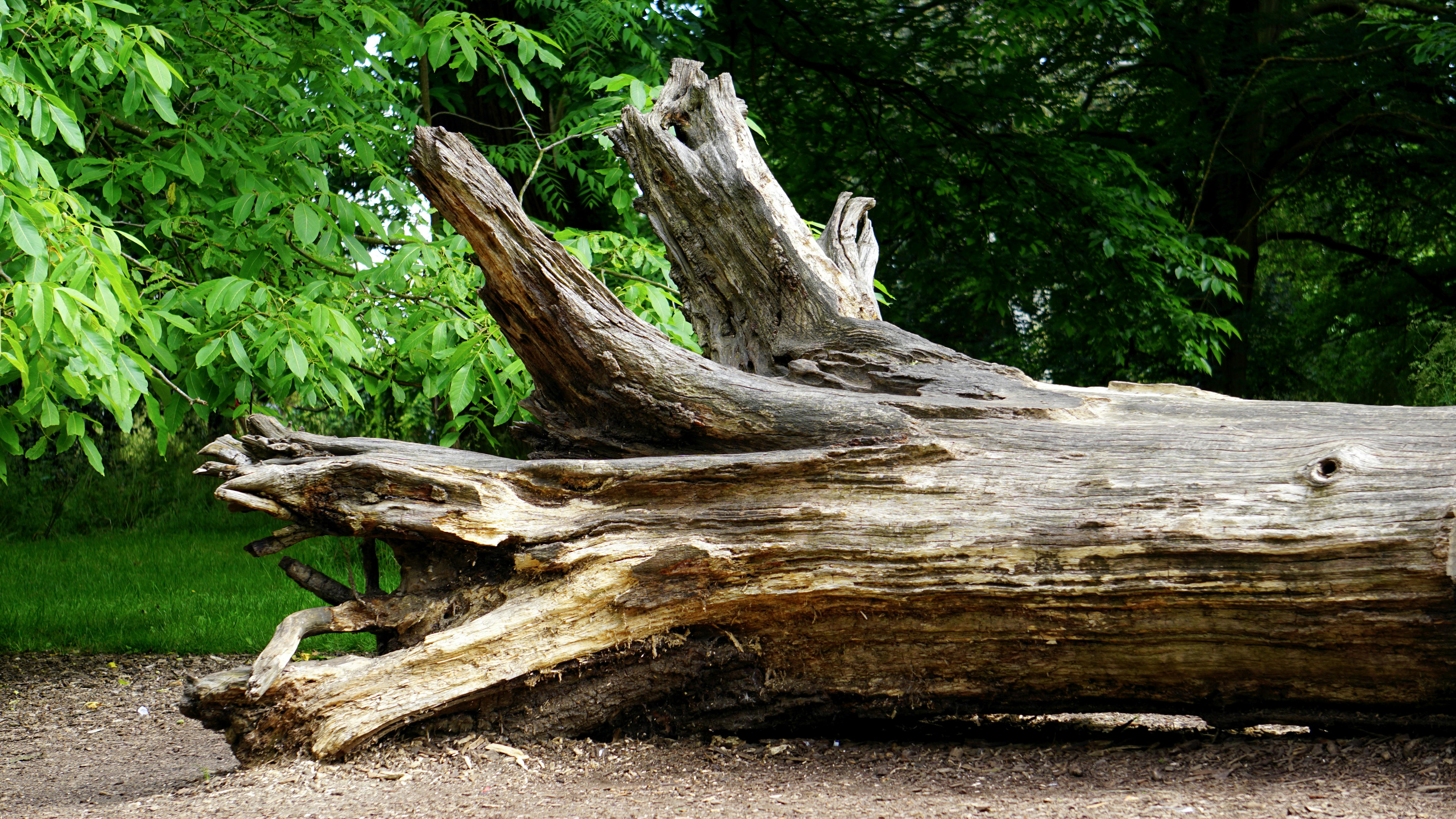Decomposers found on a partially decomposed caimito (Chrysophyllum cainito): Example of a log ecosystem
DOI:
https://doi.org/10.59120/drj.v12i3.103Keywords:
Abiotic factors, biotic factors, decompose, ecosystem, decomposing log, Star appleAbstract
Decomposers are integral parts of our ecosystem, breaking down matter and releasing it back into the soil for other living things to utilize instead of remaining unused in the tissues of dead animals and plants. This research focused on identifying the decomposers found in Chrysophyllum cainito, commonly known as the star apple. Additionally, it aimed to recognize the non-living elements that influence the small ecosystem within a decomposing log. The study was conducted on August 14, 2017, at the Davao Oriental State College of Science and Technology (DOSCTS) main campus, with the observation lasting one day. A total of eight decomposers were discovered, including lichens, mosses, fungi, polychaete worms, earthworms, termites, woodlice, and ants. The study also documented various abiotic factors such as sunlight, soil, oxygen, water, temperature, and the decomposition log itself. These findings indicate that the sampled area displayed a high diversity of decomposers.
Downloads
References
Galante, E. and Marcos-García, M. A. (2004). Decomposer Insects. In: Capinera, J.L. (Ed.), Encyclopedia of Entomology. USA: Kluwer Academic Publisher, 664-674.

Downloads
Published
Issue
Section
License
Copyright (c) 2020 Rancil Quin M. Salang

This work is licensed under a Creative Commons Attribution-NonCommercial 4.0 International License.
DRJ is an open-access journal and the article's license is CC-BY-NC. This license allows others to distribute, remix, tweak, and build on the author's work, as long as they give credit to the original work. Authors retain the copyright and grant the journal/publisher non-exclusive publishing rights with the work simultaneously licensed under a https://creativecommons.org/licenses/by-nc/4.0/.





